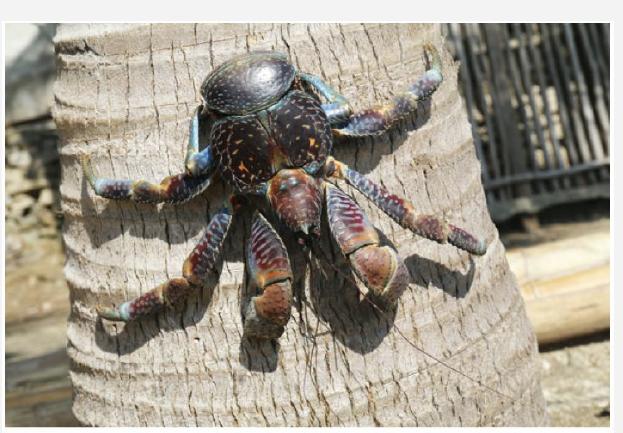The worlds largest terrestrial invertebrate is the coconut crab, Birgus latro, which lives on islands in the
Question:
The world’s largest terrestrial invertebrate is the coconut crab, Birgus latro, which lives on islands in the Indian and Pacific Oceans. (These crabs normally eat fruits, but they have been observed killing and eating large rats and seabirds.) These crabs are often endangered in the areas where they still live because of hunting pressure by humans. To understand how fast individuals in a population grow to reproductive size, Sato et al. (2017) measured body size (thoracic length) in a sample of 20 female coconut crabs. Here are estimates of growth rates based on their data, measured in mm per 100 days:

For each of the following, remember to give units if appropriate. Make all necessary assumptions.
a. What is the mean of this sample?
b. What is the median of the measurements?
c. What is the variance of this sample?
d. What is the standard deviation of this sample?
e. What is the standard error of the mean for this sample?
f. What is the 95% confidence interval for the mean growth rate of female crabs?
g. Calculate a 95% confidence interval for the variance of the growth rate.

Step by Step Answer:

The Analysis Of Biological Data
ISBN: 9781319226237
3rd Edition
Authors: Michael C. Whitlock, Dolph Schluter





